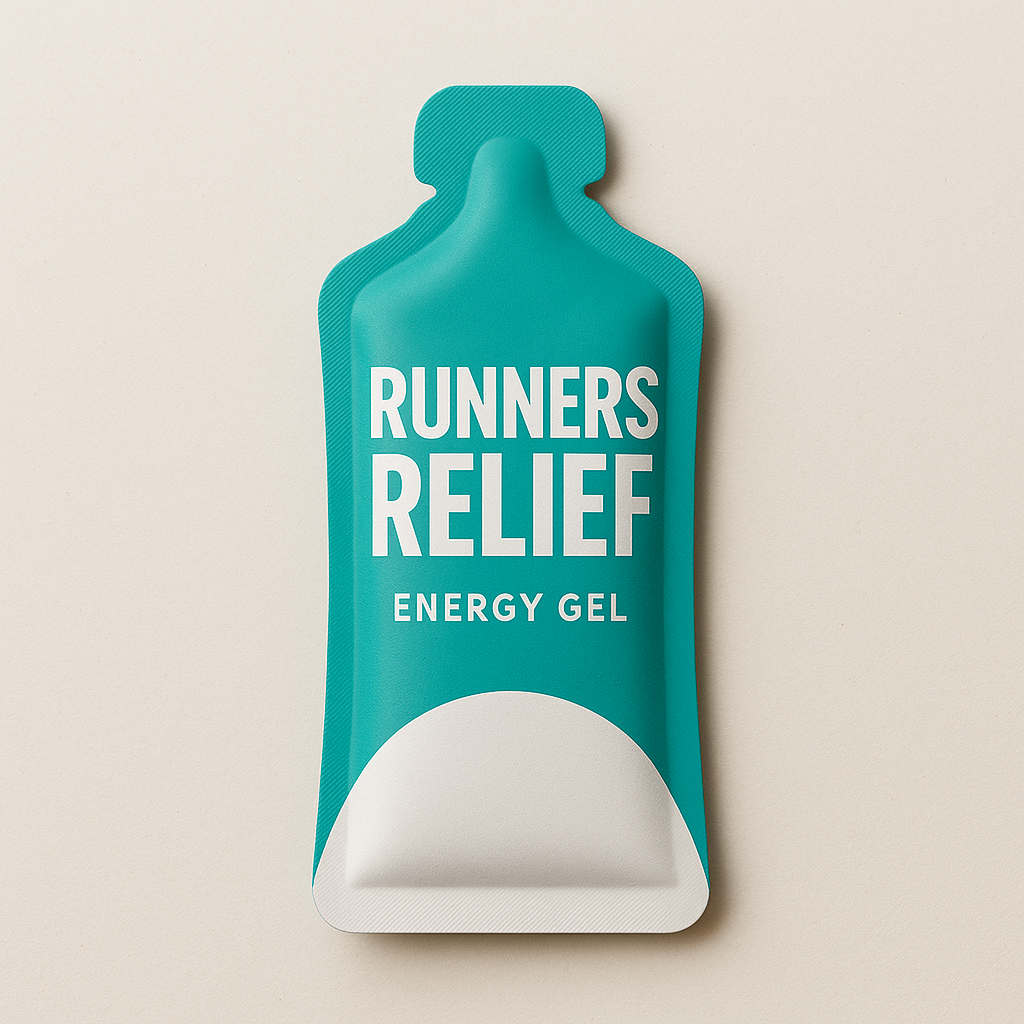
Our Guide to Energy Gels
Energy Gel Intake During a Marathon: Strategies and Health Considerations
Running a marathon is one of the most demanding endurance activities a person can undertake. Covering 26.2 miles requires not only physical training and mental toughness but also a well-planned nutritional strategy. Among the most popular performance aids used by long-distance runners are energy gels—compact, fast-digesting carbohydrate sources designed to keep glycogen levels up during extended exertion. When used correctly, energy gels can help runners maintain pace, avoid fatigue, and finish strong. However, improper intake can lead to gastrointestinal discomfort or even hinder performance. This article explores the proper use of energy gels during a marathon, including timing, dosage, and potential health considerations.
What Are Energy Gels?
Energy gels are concentrated sources of carbohydrates, typically in the form of simple sugars like glucose, maltodextrin, or fructose, sometimes combined with electrolytes (sodium, potassium) and caffeine. Packaged in small, portable sachets, they provide an easy way for endurance athletes to replenish energy without the bulk of solid food.
Most gels contain between 20 to 30 grams of carbohydrates per packet, translating to about 80 to 120 calories. Some gels are isotonic, meaning they are already diluted for easier digestion, while others require water to be consumed simultaneously.
Why Are Energy Gels Important During a Marathon?
The primary fuel source during a marathon is glycogen—stored carbohydrates in the liver and muscles. However, the human body can only store enough glycogen to last around 90 to 120 minutes of continuous running. Once glycogen levels deplete, runners often “hit the wall,” experiencing sudden fatigue, loss of energy, and sometimes mental fog.
Energy gels help delay or prevent glycogen depletion by providing easily absorbable carbohydrates that can be used immediately for energy. This supplementation can help runners sustain their pace, avoid drastic energy crashes, and improve finish times.
When and How to Take Energy Gels
1. Timing and Frequency
A common strategy is to take your first energy gel around 45 minutes into the race and then continue taking one every 30 to 45 minutes thereafter. For most runners, this means consuming 3 to 5 gels during the marathon, depending on finish time and body needs.
2. With Water
Always consume gels with water—not sports drinks—to avoid an overly concentrated sugar mix in the stomach, which can lead to nausea or diarrhoea. Water aids in the digestion and absorption of the gel and helps maintain electrolyte balance.
3. Pre-Race Considerations
Some runners choose to take a gel about 15 minutes before the race starts. This can give a quick energy boost and delay the onset of fatigue. However, it should be practiced during training to ensure it doesn’t cause a spike in blood sugar followed by a crash.
Training the Gut
Many runners make the mistake of trying energy gels for the first time on race day. This can backfire, as the body—especially the gastrointestinal tract—needs time to adapt to processing sugar during intense activity. Training the gut involves regularly consuming gels during long training runs to accustom the body to both the timing and digestion of the carbohydrate load.
Choosing the Right Gel
There are many brands and types of gels available, each with varying ingredients, textures, and flavours. Some contain caffeine, which can enhance alertness and reduce perceived effort but may also cause jitters or upset stomach in sensitive individuals. Others include added electrolytes or amino acids for muscle support.
Factors to Consider:
• Carbohydrate Type: Maltodextrin is easier on the stomach, while fructose offers quick energy but can cause GI distress in some.
• Caffeine Content: Ranges from 0 mg to 100 mg. Useful for a mental boost but not ideal for everyone.
• Electrolytes: Helpful for hot races or salty sweaters.
• Texture and Taste: Some runners prefer thinner gels or particular flavours. Try different options during training.
Our Favourites
There are plenty of different options available to UK shoppers, but as you’d expect; the big names are usually the best!
At Runners relief we have 3 brands that the team all use;
• SIS: We love their Isotonic gel that is super-easy to digest and does require additional water. Try the Fruit Salad flavour!
• High5: When we need an extra energy burst, in the last few miles of a long-run, High5’s range of caffeine infused gels can’t be beaten – 30mg per sachet.
• Voom: We’ve also recently discovered Voom energy bars, which are designed in powerful bit-sized blocks for easy intake. We’d recommend their taster pack.
For an in-depth review of a number of different brands and gels; take a look at the Runners World recent test of some of the best.
Health Considerations
1. Gastrointestinal Issues
GI distress is the most common side effect of energy gels. Symptoms include cramping, bloating, nausea, and diarrhoea. These are often caused by taking gels without water, consuming too many at once, or using unfamiliar products.
Tips to Avoid GI Problems:
• Practice with gels during training runs.
• Don’t take gels too close together—leave at least 30 minutes in between.
• Choose gels with fewer artificial sweeteners or preservatives if sensitive.
2. Blood Sugar Spikes
Energy gels cause a rapid increase in blood sugar, which can be followed by a crash if insulin overcompensates. Spacing gel intake appropriately and using during continuous exercise helps mitigate this effect. People with diabetes or insulin resistance should consult a healthcare provider before using gels during endurance events.
3. Overhydration and Electrolyte Imbalance
While it’s essential to drink water with gels, excessive water intake can lead to hyponatremia (low sodium levels), especially if gels do not include electrolytes. Balance is key—combine water intake with electrolyte sources, either from gels, drinks, or salt capsules.
4. Caffeine Sensitivity
Gels with caffeine can enhance performance, especially in the later stages of a marathon. However, for those sensitive to caffeine, it can lead to jitters, elevated heart rate, or gastrointestinal issues. As with everything, test it during training.
Alternatives to Energy Gels
While gels are convenient, they’re not the only option. Some runners prefer:
• Chews or Bloks: Gummy-like alternatives with similar carb content.
• Sports Drinks: Provide hydration and energy simultaneously, but harder to dose precisely.
• Bananas, Dried Fruit, or Honey Packets: Natural options that some find gentler on the stomach.
• Homemade Gels: Made from honey, molasses, or maple syrup diluted with water.
Each alternative has its pros and cons, particularly regarding portability and digestibility during a race.
Final Thoughts
Energy gels can be a vital component of a marathon fuelling strategy, offering a convenient and efficient way to maintain energy and performance. However, they are not one-size-fits-all. Runners must individualize their approach, testing different brands, timing schedules, and combinations during training to find what works best for their body. Understanding the science of glycogen use and digestion, along with a clear plan for hydration and pacing, can make energy gels an ally rather than a liability on race day.
As with all things related to sports nutrition, balance and preparation are key. Consult with a sports dietitian or medical professional if you have specific health conditions or concerns about fuelling during endurance events.
Would you like a sample marathon fuelling plan based on different finish times?



